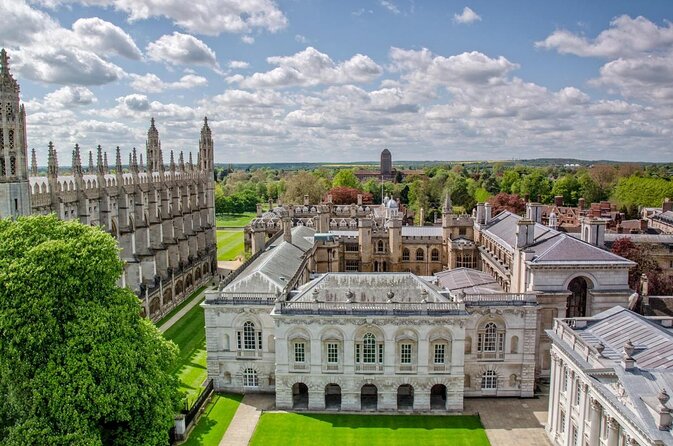Introduction
Cambridge, renowned for its prestigious University of Cambridge, offers a distinctive educational environment that extends beyond higher education to encompass primary and secondary schooling. A rich academic tradition, innovative teaching methodologies, and a vibrant cultural scene characterize this environment. However, like any educational system, it presents both strengths and limitations. This analysis aims to provide a comprehensive overview of these aspects, focusing on the broader educational landscape of Cambridge.
Strengths
- Academic Excellence
- Cambridge's educational institutions consistently achieve high academic standards. The presence of the University of Cambridge sets a benchmark for excellence, influencing local schools to strive for superior performance. This culture fosters an environment where students are encouraged to pursue academic rigor and intellectual growth.
- Innovative Teaching Methods
- Schools in Cambridge often employ progressive teaching methodologies, such as project-based learning and interdisciplinary approaches. These methods promote critical thinking, problem-solving skills, and creativity, preparing students for complex real-world challenges.
- Comprehensive Extracurricular Activities
- The city offers many extracurricular opportunities, including sports, arts, and community service programs. These activities contribute to the holistic development of students, fostering teamwork, leadership, and social responsibility.
- Cultural and Historical Enrichment
- Cambridge's rich cultural heritage provides students with unique educational experiences. Access to museums, historical sites, and university events enhances learning beyond the classroom, offering practical insights into various subjects.
- Global Perspective
- The international reputation of Cambridge attracts a diverse population, exposing students to various cultures and perspectives. This diversity enriches the educational experience, promoting global awareness and inclusivity.
Limitations
- Socioeconomic Disparities
- Despite efforts to promote inclusivity, socioeconomic disparities persist. Students from affluent backgrounds often have access to more resources, extracurricular opportunities, and preparatory support, leading to unequal educational experiences.
- Pressure and Mental Health Concerns
- The emphasis on academic excellence can lead to high-pressure environments. Students may experience stress and anxiety, potentially impacting their mental health and overall well-being. Balancing rigorous academics with personal development remains a challenge.
- Access and Diversity
- While strides have been made to improve diversity, challenges remain in ensuring equal access for underrepresented groups. Efforts to broaden participation must continue to address systemic barriers and promote equity.
- Resource Allocation
- Variations in funding and resources between schools can lead to disparities in educational quality. Ensuring equitable distribution of resources is crucial to providing all students with high-quality education.
- Adaptation to Technological Advancements
- Integrating technology into traditional educational frameworks presents challenges. While some schools excel in adopting digital tools, others may lag, leading to inconsistencies in technological literacy among students.
Conclusion
Cambridge's educational environment offers a blend of historical prestige and modern innovation, providing students with enriching academic and extracurricular experiences. However, addressing limitations such as socioeconomic disparities, mental health concerns, and resource allocation is essential to ensure that all students benefit equally. Continuous efforts to promote inclusivity, equity, and adaptability will strengthen Cambridge's position as a leader in education.

